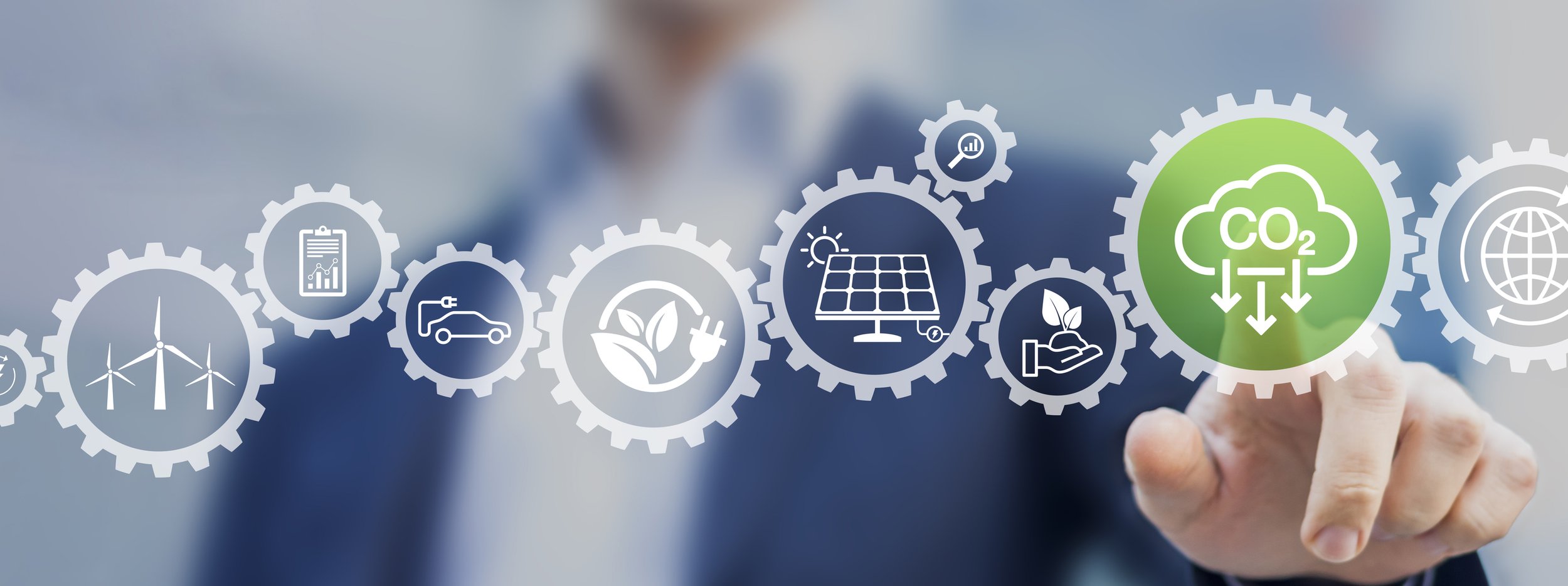Climate Compliance is a Billion-Dollar Industry - and growing.
global investment in clean energy is projected to reach $1.7 trillion.
– International Energy Agency (IEA)
It’s estimated that $3.5 trillion of capital investment per year will be required to achieve net-zero greenhouse emissions by 2050, and focused technologies and other efforts to reduce emissions the world over will have a place in the race.
Altogether, the recent climate commitments and initiatives have created a highly favorable investment environment for efforts to reduce emissions associated with energy generation and industrial processes - and it’s just the beginning.
Global emphasis on carbon reduction positions clean air investments for exponential growth
The necessity and demand for readily available solutions to address climate change are accelerating at an unparalleled pace as the number of companies making net-zero pledges continues to grow.
Global commitments to reduce carbon emissions and continued emphasis on environmental, social, and governance practices also signal increased demand for energy transition services, electrification, and decarbonization. Industries and technologies focused on reducing carbon dioxide and methane emissions are positioned to grow exponentially in the coming years.
Investing in a cleaner future
Energy transition services, electrification, and decarbonization will play a critical role in the transition to net-zero by tackling emissions from existing energy assets, creating solutions for sectors where emissions are hard to reduce, and removing carbon from the atmosphere to balance emissions that cannot be directly decreased or avoided.
In the new climate reality, businesses that can innovate and take advantage of the low-carbon transition will be the ones to secure a sustainable future.
In Today’s Climate, Investing in Compliance is Future-Proof.




